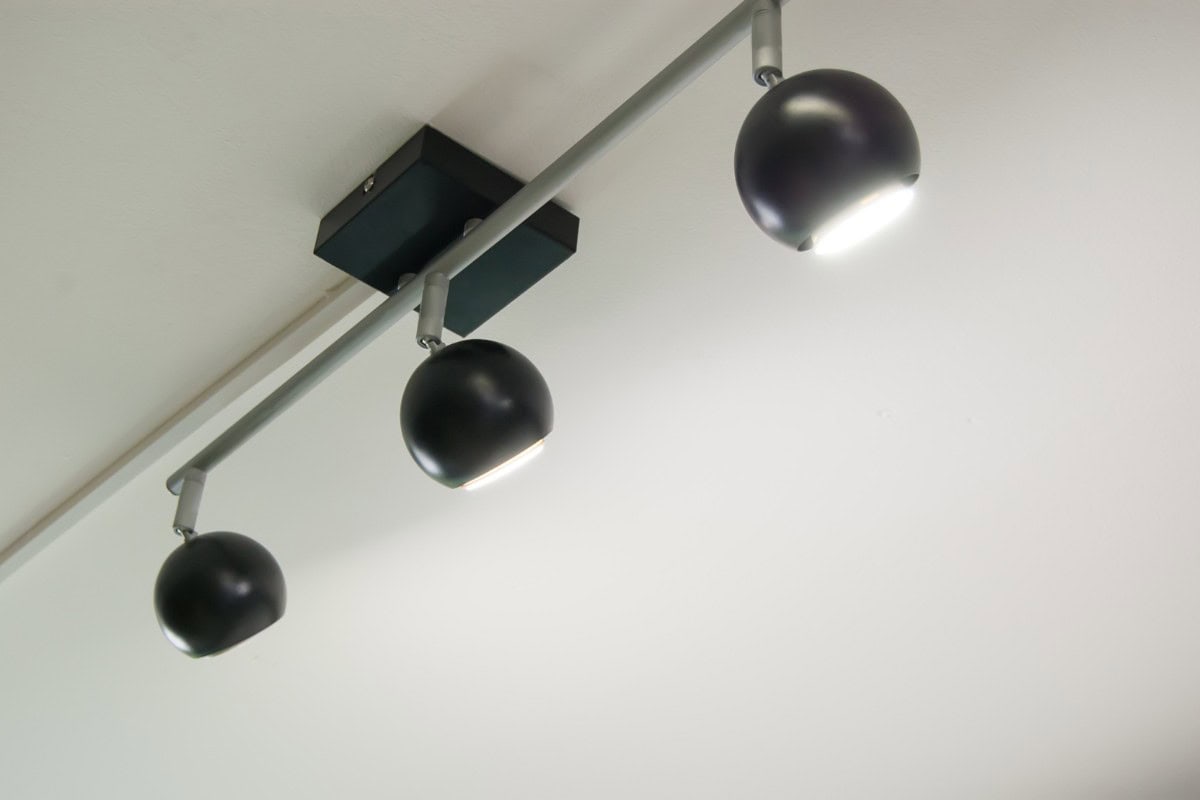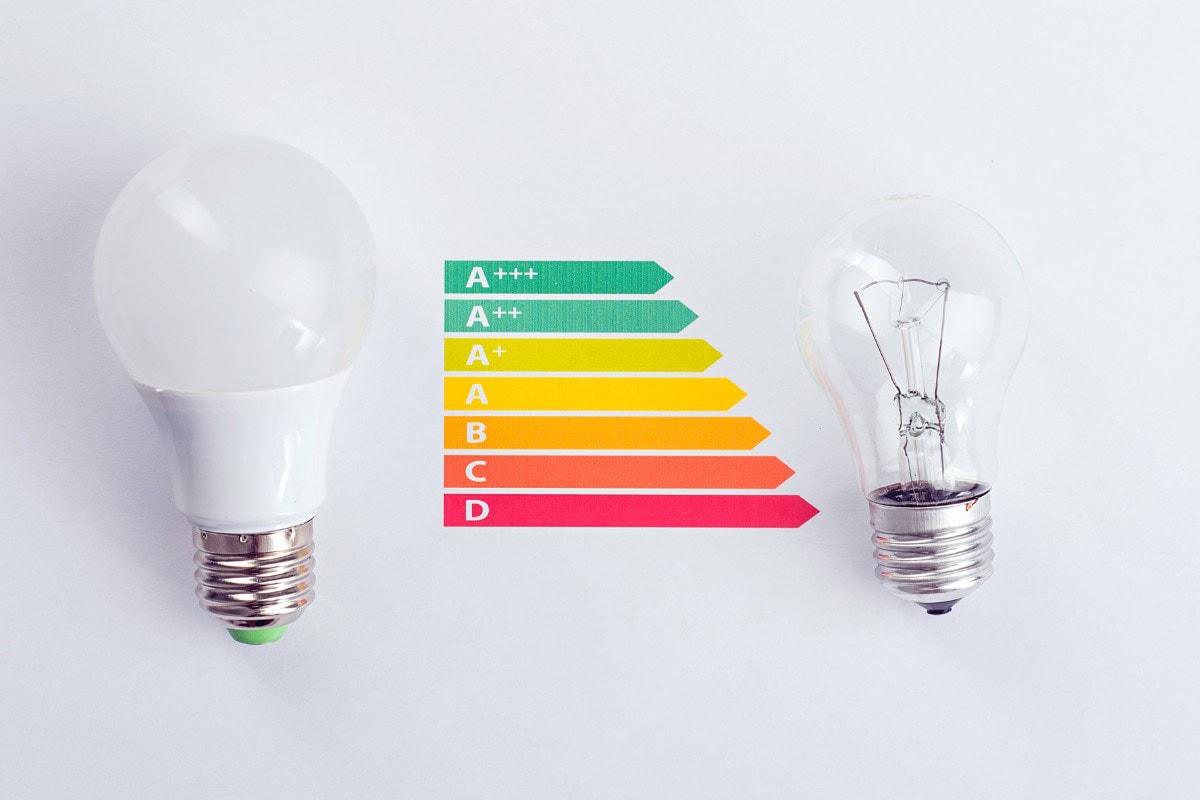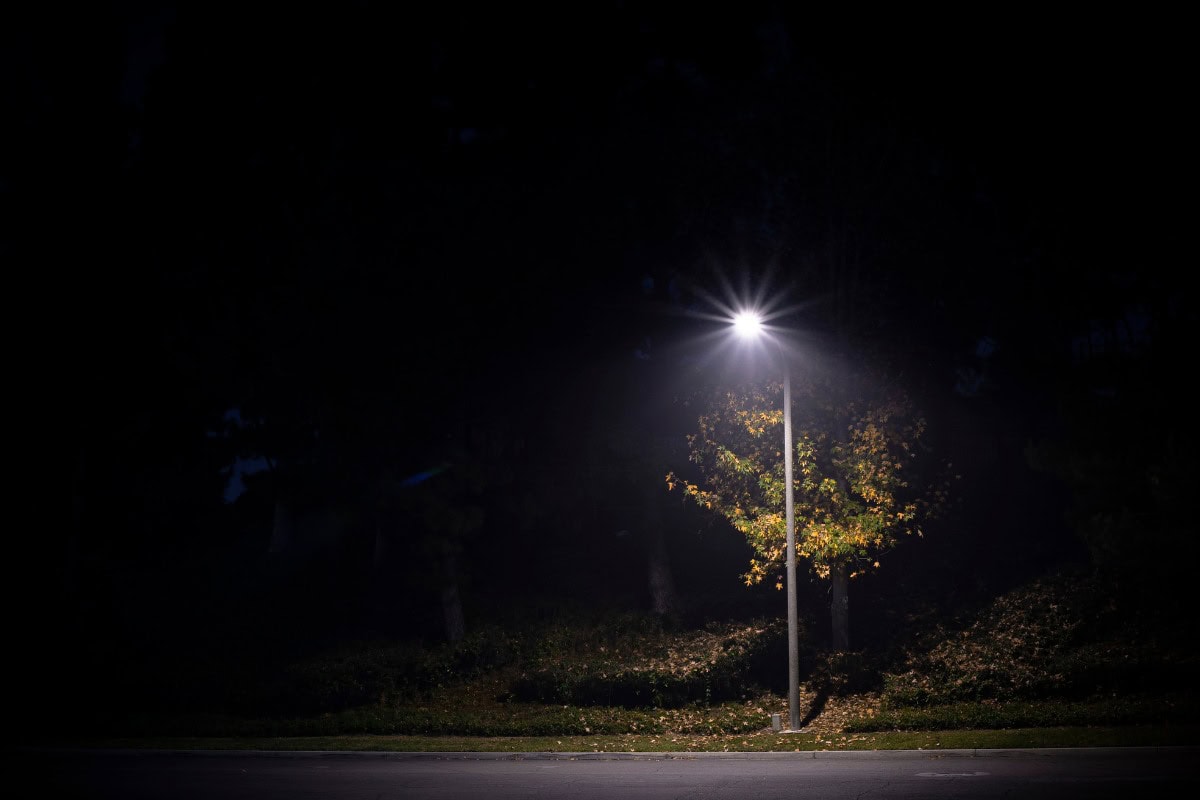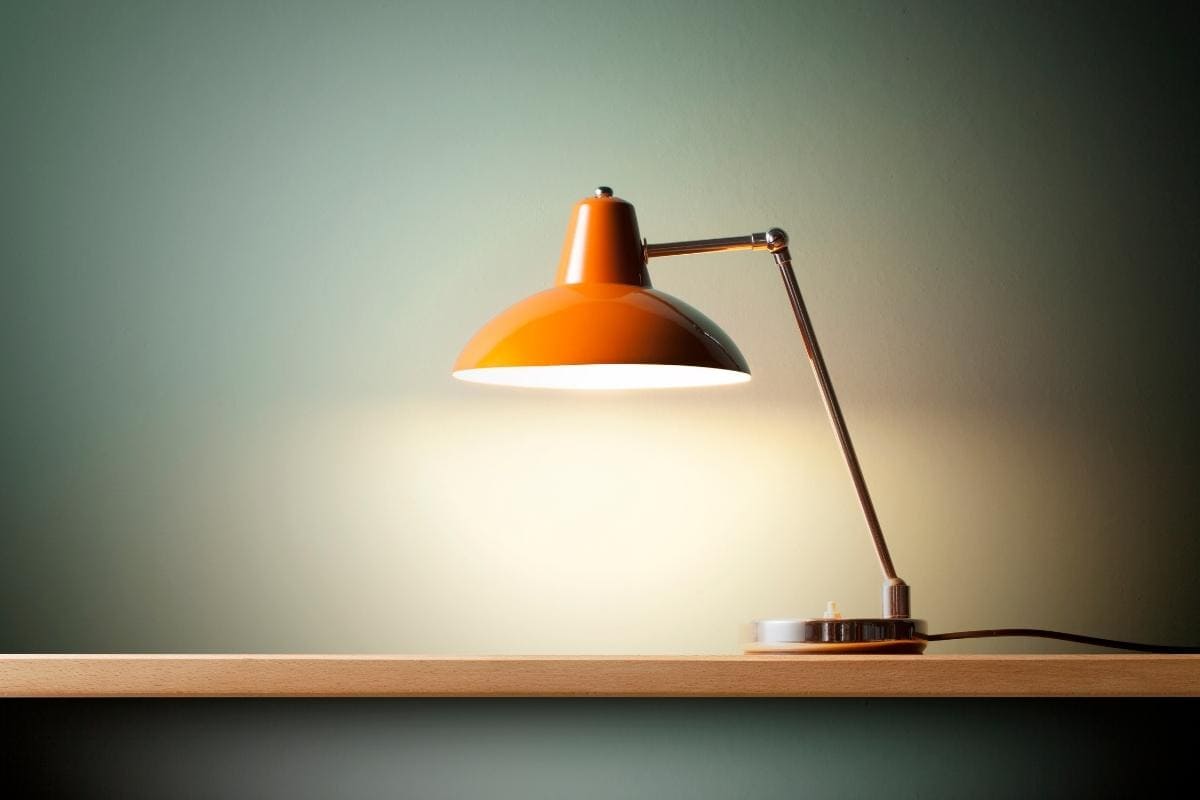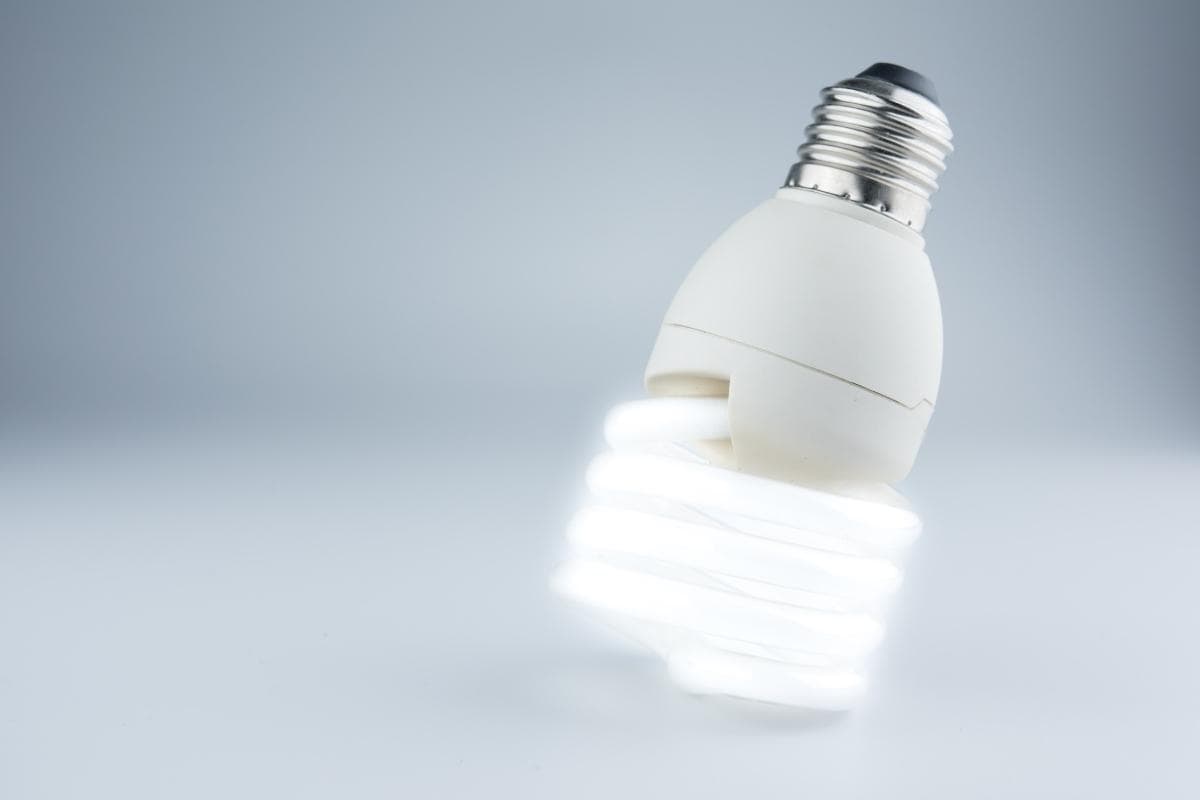What Is the Coefficient of Utilization
The Coefficient of Utilization (CU) measures how efficiently a luminaire transfers light to the intended work area. It’s the ratio of luminous flux reaching the work plane to the total luminous flux emitted by the light source. CU, usually expressed as a decimal or percentage, indicates a luminaire’s effectiveness in illuminating a specific space.
CU values differ based on lighting types and applications. Direct lighting systems typically have CU ranges of 0.2 to 0.5, while indirect lighting systems generally range from 0.1 to 0.3. These values show how much light successfully reaches the intended area, considering room geometry, surface reflectances, and luminaire characteristics.
CU significantly affects lighting system efficiency and energy consumption. Higher CU means more light from the luminaire is effectively used, potentially reducing energy waste and operational costs.
Two key factors determine CU: the room utilization factor and luminaire efficiency. The room utilization factor considers how the physical space affects light distribution, while luminaire efficiency looks at how well the fixture directs light. This comprehensive approach makes CU valuable for lighting designers aiming to optimize illumination and minimize energy use.
Practically, CU principles help designers create more effective lighting solutions across various settings, from offices and retail spaces to industrial environments. Designers can choose appropriate luminaires, determine optimal placement, and achieve desired illuminance levels while minimizing wasted light and energy.
Factors Influencing Coefficient of Utilization
Several elements affect the coefficient of utilization in lighting design:
Room Geometry
Room dimensions and proportions influence light distribution and reflection, affecting CU values. The Room Cavity Ratio (RCR) is central to this relationship, calculated as:
RCR = 5 x Room cavity height x (Length + Width) / (Length x Width)
Higher RCR typically results in lower CU, as more light is absorbed by room surfaces before reaching the work plane. Lower RCR often leads to higher CU, with light taking a more direct path to the work plane.
Surface Reflectances
Wall, ceiling, and floor reflectances significantly affect CU. Higher reflectance values generally improve CU by increasing reflected light reaching the work plane.
Ceiling reflectance factors range from 30% for medium shades to 70% for very light colors and white. Wall reflectance factors vary from 10% for dark shades to 50% for light colors and white. While less impactful, the floor also contributes to overall light reflection.
Luminaire Properties
Luminaire efficiency and light distribution characteristics affect CU. More efficient luminaires generally result in higher CU. Light distribution features, such as beam angle and directionality, also matter. Focused light distribution may achieve higher CU for specific applications, while broader distribution suits general illumination.
Mounting Height
Generally, increased mounting height decreases CU due to the longer light travel distance and greater absorption or scattering by room surfaces. However, this relationship isn’t always linear and can be influenced by luminaire distribution and room geometry.
Light Source Type
Different light sources affect CU due to their characteristics. LEDs often offer more directional light output, potentially leading to higher CU in certain applications. The light source’s spectral distribution can also influence how light interacts with room surfaces, affecting CU.
Calculating the Coefficient of Utilization
Calculating the coefficient of utilization is essential in lighting design. It helps determine lighting system efficiency and guides decisions about luminaire selection and placement.
Manual Calculation Methods
Using CU Tables
Luminaire manufacturers provide CU tables for their products, showing CU values based on room cavity ratio and surface reflectances.
- Calculate the RCR: RCR = 5 x Room cavity height x (Length + Width) / (Length x Width), where room cavity height is the distance between the luminaire and work plane.
- Determine effective ceiling and floor reflectances based on surface colors and materials.
- Find the appropriate CU value in the manufacturer’s table using the calculated RCR and reflectance values.
- Interpolate between values if needed for more precise results.
Step-by-Step CU Calculation Example
For a room measuring 12m x 12m, illuminated by 10 lamps producing 1600 lumens each, with a desired illuminance of 100 lux:
- Calculate total lumens reaching the work plane: 100 lux x 12m x 12m = 14,400 lumens
- Calculate total lumens emitted by light sources: 1600 lumens x 10 lamps = 16,000 lumens
- Calculate CU: CU = Lumens reaching work plane / Total lumens emitted CU = 14,400 / 16,000 = 0.9
This high CU value suggests an extremely efficient lighting setup, which may be unrealistic due to various loss factors.
Accounting for Maintenance Factors
Maintenance factors, also called light loss factors or depreciation factors, account for decreased lighting efficiency over time due to dust accumulation and lamp aging.
Typical maintenance factor values:
- Good maintenance: 0.70
- Medium maintenance: 0.65
- Poor maintenance: 0.55
Include the maintenance factor in CU calculations for a more realistic long-term efficiency estimate.
Advanced Calculation Methods
Software-Assisted CU Lookup
Lighting design software automates CU value determination using IES (Illuminating Engineering Society) files from luminaire manufacturers. These files contain detailed photometric data, allowing for accurate CU calculations across various room configurations and reflectance values.
Simulation Tools for Complex Scenarios
Simulation tools using ray-tracing techniques provide highly accurate CU determinations for intricate lighting designs or non-standard room geometries. These tools model light behavior in three-dimensional space, accounting for complex reflections and surface interactions.
Monte Carlo calculation methods, which use statistical sampling to simulate light behavior, are particularly useful for analyzing complex luminaire designs and their interaction with room geometry.
Applications and Importance of CU in Lighting Design
CU is integral to various aspects of lighting design, contributing to energy efficiency, cost-effectiveness, and optimal illumination across diverse applications.
CU in the Lumen Method
The lumen method, a fundamental approach in lighting design, relies on CU to determine the number of luminaires needed for desired illuminance levels. This method involves:
- Determining the required illuminance (lux) for the space.
- Calculating the total lumens needed based on the room area.
- Selecting appropriate luminaires and obtaining their CU values.
- Using the formula: Number of luminaires = (Required lumens) / (Lumens per luminaire x CU x Maintenance factor)
Incorporating CU ensures that the lighting design accounts for light transfer efficiency from source to work plane, resulting in more accurate and efficient layouts.
Energy-Efficient Lighting Design Application
CU helps create energy-efficient lighting solutions for diverse environments:
Office Spaces
High CU values minimize energy waste while maintaining uniform illumination across workstations in open-plan offices.
Retail Environments
CU helps design lighting that effectively highlights merchandise while minimizing overall energy consumption.
Industrial Settings
In warehouses and manufacturing facilities, high-bay lighting designs use CU to ensure adequate ground-level illumination while minimizing the number of fixtures required.
Educational Institutions
Classrooms and lecture halls benefit from lighting designs that consider CU to provide optimal illumination for various activities while keeping energy costs in check.
Comparing Lighting Solutions
CU serves as a valuable metric for comparing different lighting options:
Luminaire Efficiency
Higher CU values indicate more efficient fixtures, allowing designers to select options that maximize light utilization.
Cost-Benefit Analysis
Considering CU alongside initial costs and energy consumption helps designers make informed decisions about long-term lighting investments.
Performance in Specific Environments
CU aids in selecting luminaires that perform optimally in given room configurations and surface reflectances.
Meeting Illuminance Requirements
CU is crucial in ensuring that lighting designs meet required illuminance standards:
Precision in Design
CU allows designers to achieve target illuminance levels without over-lighting spaces by accurately accounting for light transfer efficiency.
Uniformity
Understanding CU helps create even illumination across work planes, minimizing hot spots and dark areas.
Task-Specific Lighting
For areas requiring higher illuminance levels, such as detailed work areas, CU informs the selection and placement of luminaires to meet specific needs efficiently.
Luminaire Placement
CU significantly impacts the optimal arrangement of lighting fixtures:
Spacing-to-Height Ratio
CU values influence the maximum spacing between luminaires relative to their mounting height, ensuring uniform illumination.
Wall-Washing Techniques
Understanding CU helps determine the distance of luminaires from walls for effective wall-washing effects.
Avoiding Overlighting
Proper consideration of CU prevents the installation of excessive luminaires, reducing energy waste and potential glare issues.
Lighting Controls
Incorporating CU into lighting control systems enhances overall efficiency:
Daylight Harvesting
CU informs the placement and adjustment of luminaires in relation to natural light sources, optimizing the balance between artificial and natural light.
Occupancy-Based Controls
Understanding CU helps design responsive lighting systems that maintain appropriate light levels while minimizing energy use in unoccupied areas.
Dimming Strategies
CU considerations ensure effective implementation of dimming controls, maintaining visual comfort while reducing energy consumption.
Leveraging CU across these applications allows lighting designers to create solutions that meet illumination requirements, optimize energy efficiency, and enhance the overall quality of lit environments. CU’s importance in lighting design extends beyond calculations, influencing how we perceive and interact with illuminated spaces.

